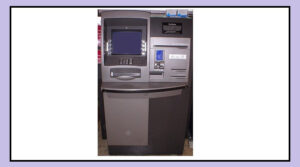Technical Decline (TD) rates of most major banks are below 0.1%, but SBI’s TD reached 0.9% in March.
The State Bank of India (SBI) has a higher UPI transaction failure rate compared to other banks, impacting the overall success of Unified Payments Interface (UPI).
This data comes from the National Payments Corporation of India (NPCI), which runs UPI.
While most large banks have a Technical Decline (TD) of less than 0.1%, SBI’s TD hit 0.9% in March, compared to 0.84% in January and 0.34% in February.
What is Technical Decline?
SBI is the largest and a government-owned bank in India, and it leads in UPI transactions.
Technical Decline (TD) refers to a transaction failure, meaning the money is not transferred to the intended account.
This happens when the bank’s server is down or unresponsive. NPCI’s system generally operates at 100% uptime, so the issue usually lies with the bank facilitating the payment.
Low Failure Rates in Other Banks
SBI did not respond to Moneycontrol’s questions. Banks like HDFC, ICICI, Kotak Mahindra, and Axis have TD rates between 0.02% and 0.13%.
Some public sector banks, like Union Bank of India and Bank of Baroda, also have low TD rates.
However, banks like Canara Bank, PNB, and Bank of India sometimes experience higher TD rates, sometimes even surpassing SBI’s.
SBI’s High Transaction Volume
SBI processed 5 billion transactions in March, while HDFC Bank handled 1.5 billion. UPI accounts for 85% of all transactions in the country.
Due to SBI’s high TD rates, third-party UPI apps, like Google Pay and Paytm, are also affected.





















